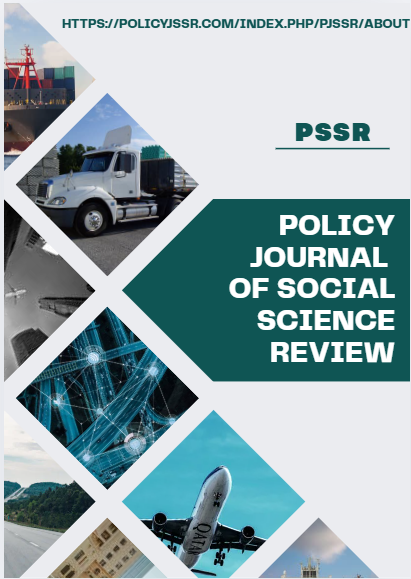SOCIO-ECONOMIC AND ENVIRONMENTAL IMPACTS OF THE WARSAK DAM ON ITS COMMAND AREA
Abstract
T
he paper analyses the socio-economic and the environmental impacts of Warsak dam on its command area with regards to agricultural productivity, energy production, and other challenges resident in community and environmental challenges. The researcher used qualitative research design, using explanatory method and thematic analysis. The dam has been instrumental in increasing agricultural productivity through quality irrigation, improving local economies by feeding them with cheap hydroelectric energy, and generating jobs in various sectors. Nonetheless, the long term sustainability of the dam is endangered by the fact that problems like the management of water resources, sedimentation and infrastructure deterioration exist. Also, the dam has brought major environmental imbalances like erosion of the original ecosystems in the areas as well as water borne bored diseases, not to mention the social effects like displacement of communities and land wrangles. The analysis highlights the necessity of sustainable approach, investment in the new infrastructure, and effective policy frameworks to establish fair allocation of water resources, restore environment, and secure the perspectives of marginalized population. Recommendations include the adoption of modern irrigation techniques, public-private partnerships for infrastructure maintenance, and inclusive water governance mechanisms. The study also highlights the importance of climate resilience and the need for future research on the long-term social and environmental consequences of large infrastructure projects.
Keywords: Warsak Dam,Irrigation equity, hydropower modernization; socio-environmental inclusive governance





